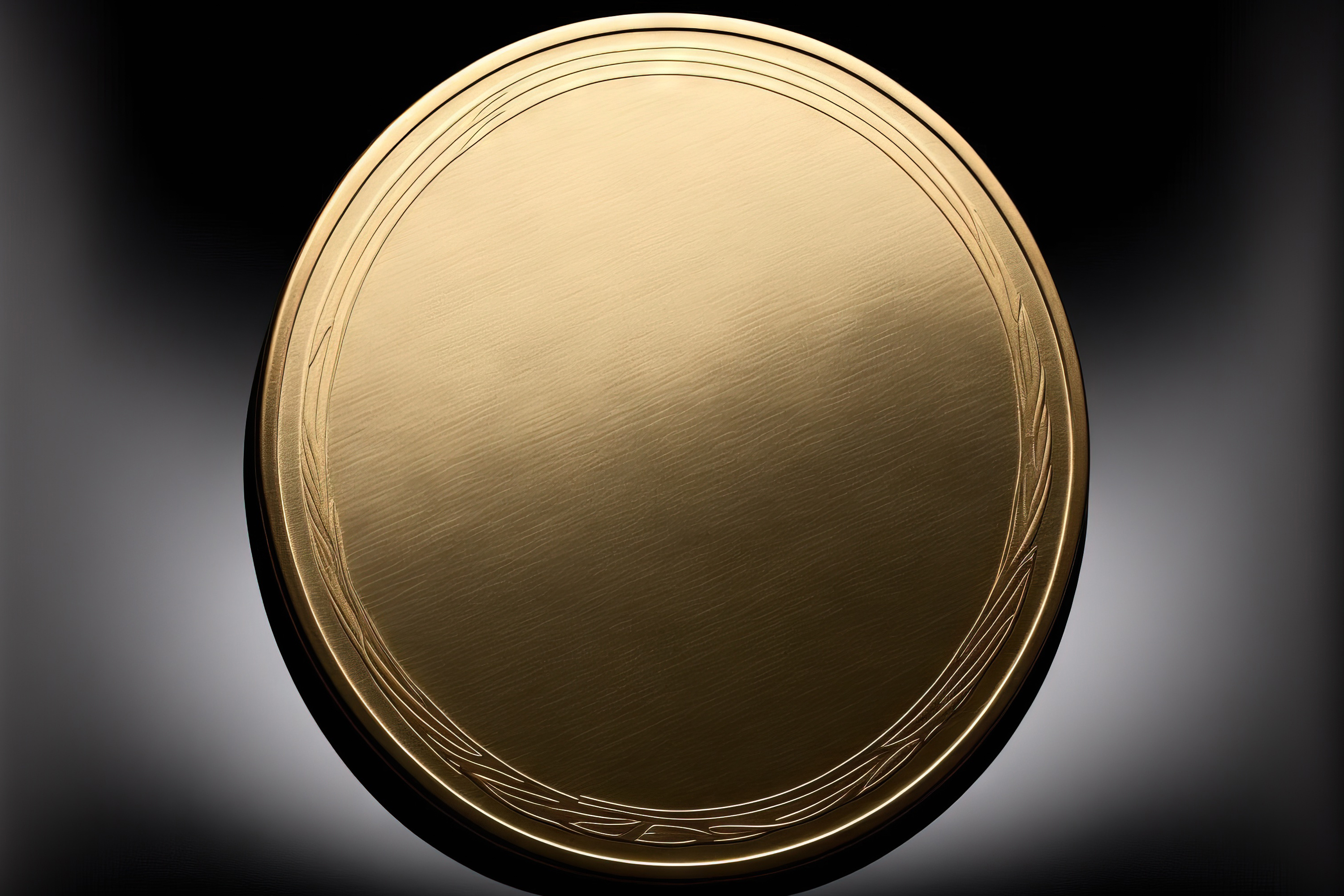How Are Blanks & Planchets Different?
Blanks vs. Planchets: What’s the Difference in Coin Production?
Blanks eventually turn into planchets. This sounds simple enough. But what is a blank, and what is a planchet? Dies are used to create designs in coins, and other processes are used to turn coins into something collectors, buyers, and sellers can appreciate. If they’re interested in finding out how these processes work because they want to buy gold coins, San Diego collectors should learn about these terms to better understand how coins containing precious metals are made.
What Is a Blank?
A blank for a coin is like what a blank canvas is for a painter. The U.S. Mint makes blanks for nickels, dimes, quarters, and half dollars. However, the Mint previously purchased blanks for pennies, which are no longer produced as of 2025. Other blanks are purchased for special coins or custom designs.
The U.S. Mint buys 1500-foot metal coils to make coins for each denomination. These coils are fed into a machine to straighten the metal and then inserted into a blanking press that ensures the coins are precisely made to ensure each one is exactly the same size. Blanks are annealed in a furnace to prepare them for striking, making the metal softer and allowing it to be shaped without breaking. The annealed blanks will eventually become the finished coins. Any leftover scrap metal is recycled.
What Is a Planchet?
A blank with a rim is called a planchet. After the annealing process is finished, blanks are washed to restore their original color and dried before being moved to the upsetting mill. Upsetting refers to the way the metal around the edges of the blanks is formed to create the rim of each new coin. An upsetting mill is used to adjust the diameter of each coin so it’s the right size. The rim is important because it makes coins made from gold, silver, or other precious metals easier to stack.
The coins are then sent to a striking machine to transfer the dies onto each coin to create the designs and marks required. The coins are also inspected for defects. Special planchets are cleaned with a process referred to as burnishing. These planchets are also inserted into a drum to polish their surfaces and leave them smooth. While the drum does some of the cleaning, the special planchets are cleaned by hand after they’re removed from the drum.
The U.S. Mint purchases blanks that are ready for striking for many of the coins made there. Technically, this makes them planchets and not blanks.
How Much Are Planchets & Blanks Worth?
It depends on why they’re created and how common they are. Some planchets sell for around $1,000. However, others sell for only $10 to $30, and some are given away because they’re not worth anything. On rare occasions, there are errors made with planchets that make them valuable to collectors looking to capitalize on such mistakes. Blanks and planchets are valued based on factors such as size and metal content. Some collectors look for planchets or blanks from specific mints or ones that go with certain coins.
Whether you’re a veteran coin collector or you’re just getting interested in taking up the hobby, seek advice from a precious metals dealer. If you live in San Diego, silver bars, gold bullion, and palladium coins of the highest quality are available at First National Bullion and Coin. We buy and sell all kinds of precious metals, including silver, platinum, gold, and palladium. San Diego collectors who are looking for trustworthy dealers and high-quality service should give us a call to speak with one of our precious metals experts.
The statements made in this blog are opinions, and past performance is not indicative of future returns. Precious metals, like all investments, carry risk. Precious metals and coins may appreciate, depreciate, or stay the same in cash value depending on a variety of factors. First National Bullion does not guarantee, and its website and employees make no representation, that any metals for sale will appreciate sufficiently to earn the customers a profit. The decision to buy, sell, or borrow precious metals and which precious metals to purchase, borrow, or sell are made at the customer’s sole discretion.


